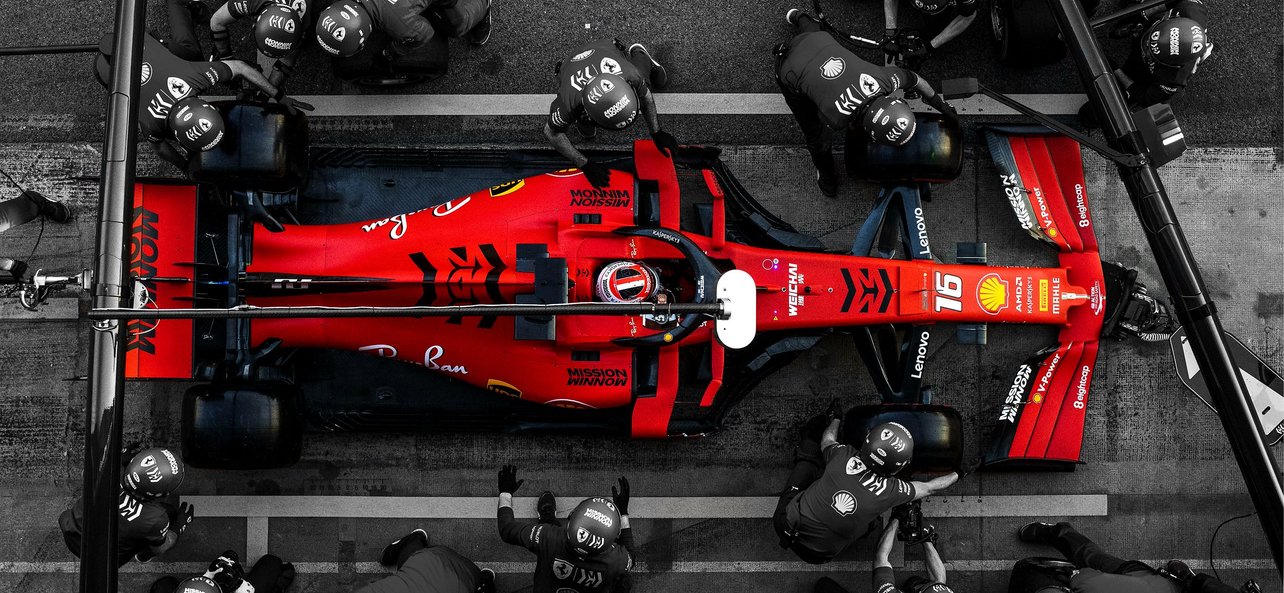
Pictured: Ferrari F1 (my favorite team)
Formula 1 Halo Safety Simulation
In my research paper, "F1 Halo Safety Simulation", I delved into the efficacy of the safety device, known as the "halo," which was a contentious figure during its early introduction to the world of Formula 1 racing. While some critics argue that it distorts the risky essence of racing and obstructs the driver's vision, incidents have shown that it played a crucial role in protecting drivers from what would have otherwise been fatal impacts.
I took a proactive approach to the controversy, using quantitative analyses to verify its effectiveness. I designed a simulation method - coded in C# and simulated in Unity - similar to an A/B test using a model of a Formula 1 car with and without the halo device. By launching thousands of wheel-like and debris-like obstacles at both models, I aimed to capture the frequency of impacts on the driver's helmet.
The results showed that the halo significantly reduced the number of collisions - from 7% to 1.7% for wheel-type obstacles and 11.3% to 9.1% for debris-type obstacles. Despite the criticisms, the numerical data highlights the halo's effectiveness in maintaining driver safety.
I noted that the simulation is based on assumptions and thus has potential shortcomings; for instance, it does not consider a variety of race threats or the velocity and force of impacting objects. To further refine the simulation, I proposed the use of a "ghost clone" to help elicit a more accurate collision count.

